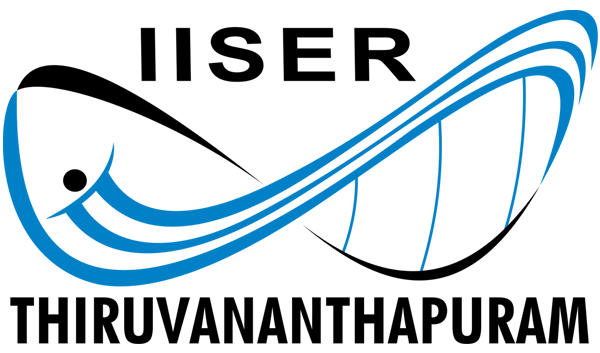
Prof Kana M. Sureshan
Professor (Chemistry)
Supramolecular Chemistry
We exploit various non-covalent interactions for design of functional and advanced materials.
Gels: Design of novel organogelators and hydrogelators and their application in novel areas is one of the major subtopics of this stream of research in our group. For instance, we have developed mannitol based oil gelators for application in soft and self-healing optics. This work has been in lime light in various scientific media such as Nature, Optics& photonics focus, Angewandte Chemie etc. A phase selective gelator, having the potential for marine oil spill recovery, has been developed. Application of gels in many other areas is being pursued in our group.
soft and self-healing optics

Oil-Spill recovery using a phase selective gelator

Topochemical reactions: Another Important area of research under this stream is design of Topochemical reactions. This involves the design of molecules that can self-assemble or crystallize in such a way that the reacting partners are arranged proximally in their self-assembled state or in the crystal. Upon mild activation (sometimes without activation) such supramolecular system will undergo reaction without any solvent, catalyst or other activators. We have developed methodologies for synthesis of large sugar polymer and sugar oligomers using topochemical reaction. Many other topochemical reactions are being designed and pursued in our lab, to make functional materials.

Methodology Development & Natural Product Synthesis
Many natural products are inherently biologically active molecules and are the targets of organic synthesis. However, their synthesis involves multi-step reaction sequences involving addition, modification and deletion of functional and structural features. In this context, we are interested to develop novel organic transformation strategies, novel protecting groups, novel methods of selective protections/deprotections, chemo/regioselective reactions, development of catalysts for novel transformations etc. We have developed methodology for installing enal functionality by a vinylogous cleavage orthoesters. We also used these methodologies for synthesis of various natural products. Some of the natural products synthesized in our groups are cyclophellitol, valienamine, streptol, gabosine J, gabosine K, gabosine I, valienone, uvamalol, uvacalol I, uvacalol J, uvacalol K etc.

Chemical Biology
Broadly, this constitutes the syntheses of important biologically active compounds which will be used in collaboration with biologists to dissect interesting novel biological pathways. The major areas are:
Glycosylation: Glycosylation is a common post translational modification present in more than half of all the proteins in nature. Glycosylation not only dictate the structure of the protein but also exert wide range of biological functions. Other than proteins, many other biomolecules are glycosylated. Many enzymes such as glycosyl transferases, glycosidases, mutases, epimerases, glycanases etc are involved in the attachment, further maturation, even detachment of sugar units to various biomolecules. Especially protein glycosylations are important as they are dynamic and dictate various signaling pathways. Impairment in glycosylation and deglycosylation leads to various diseases such as cancer, diabetes etc. Effective inhibitors of various enzymes in glycoconjugate assembly have the potential to unravel the structural and biological consequences of cellular protein glycosylation. We are interested in the synthesis of inhibitors of these enzymes (glycosidases, glycosyl transferases and glycanases) and their biological evaluation. Also we are interested in studying the structural change on glycosylation using small peptides and glycopeptides as model.
No. of Visits 1192
